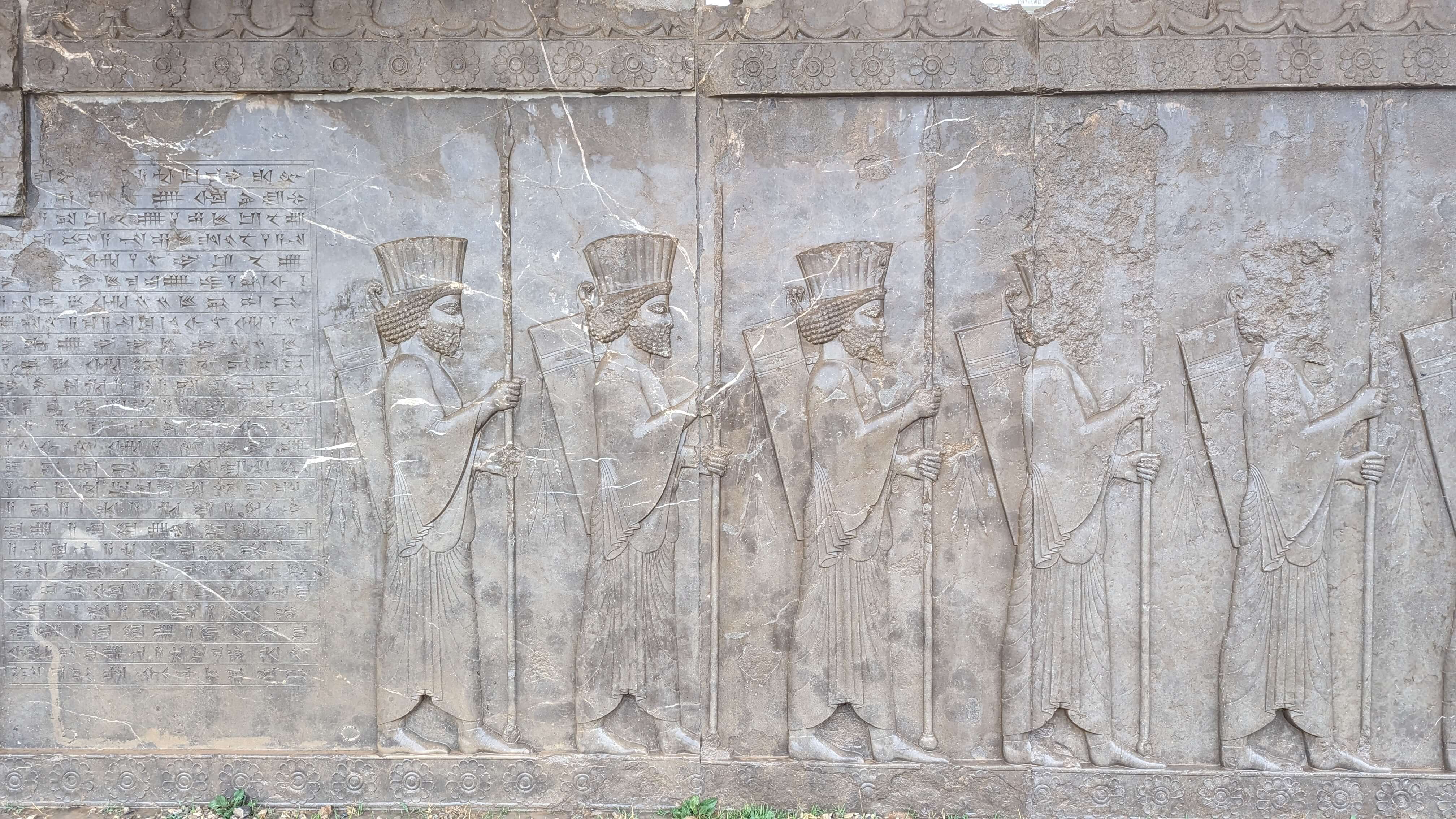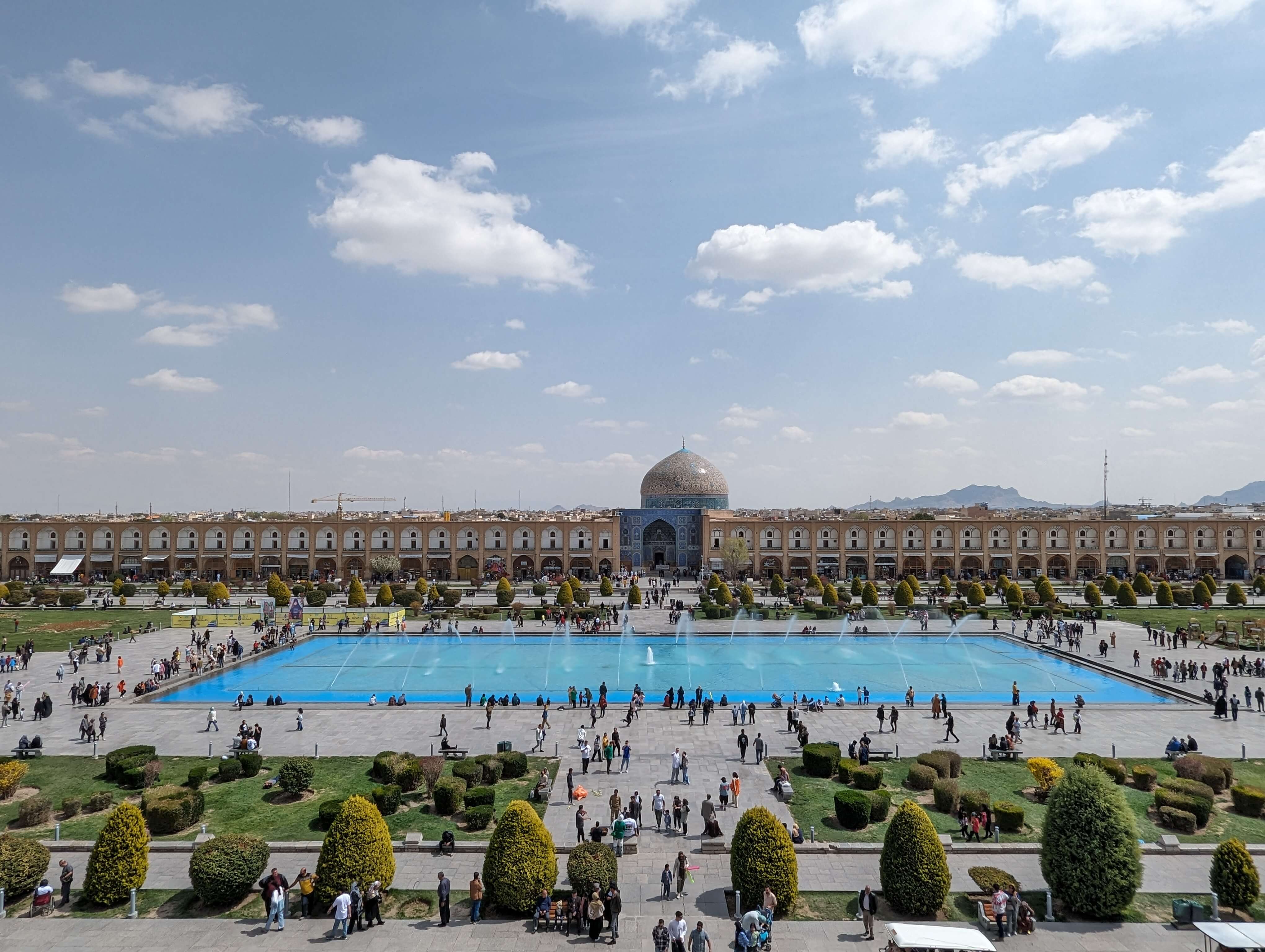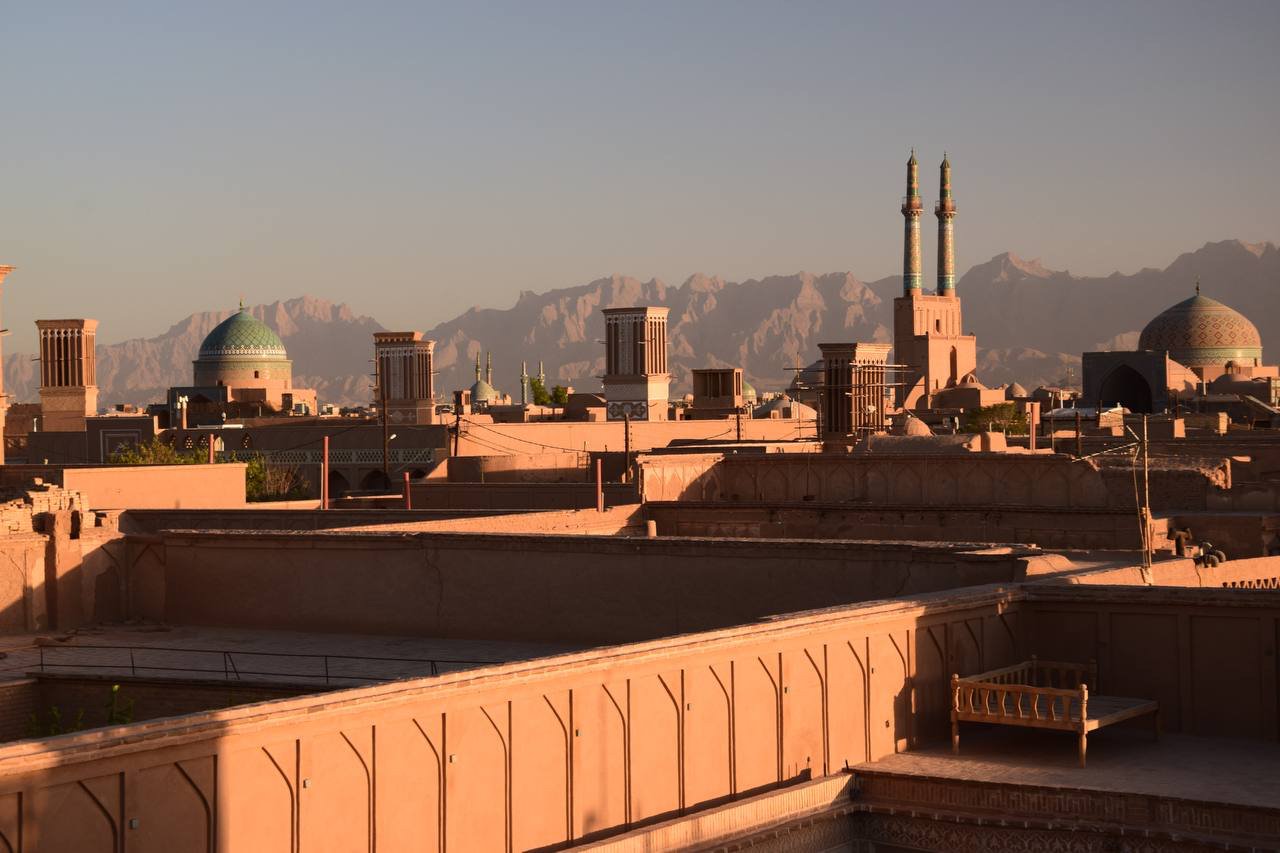Exploring Iran’s Architectural Wonders: From Ancient Persian Architecture to Modern Marvels

Ancient Persian architecture, as if narrating a story, reveals centuries of conquests, spiritual journeys, and majestic empires that have shaped its landscape. These stories weave together over 2,500 years of history, showcasing how culture, art, and innovation are deeply embedded in the stone and the soul of these architectural wonders.
Here are the 5 highlights you won't want to miss...
We also suggest an optimal travel plan to Iran see it all in just 7 to 14 days.
The best times to visit these architectural marvels is spring (March to May) and autumn (September to November), when Iran's weather is most pleasant, perfect for exploring and enjoying the both the outdoor beauty and historic architecture.
The Golestan Palace in Tehran
Golestan Palace in Tehran is a standout example of Qajar era luxury, where Persian artistry meets Western influences. This UNESCO World Heritage site, originally built in the 16th century and extensively renovated in the 19th century by Nasser al-Din Shah, features lavish mirrored halls, exquisite mosaics, and detailed tilework that reflect the opulence of 19th-century Persian royalty. The palace complex houses several artistically rich buildings, attracting visitors with its stunning architecture.
Naqsh-e Jahan Square in Isfahan
Naqsh-e Jahan Square in Isfahan, also known as "The Jewel of Islamic and Safavid Architecture," is a breathtaking showcase of Persian art and engineering from the Safavid era. It's one of the largest city squares in the world and is framed by stunning buildings like Ali Qapu Palace, Sheikh Lotfollah Mosque, and the Shah Mosque. Each of these showcases the best of Safavid architecture with their beautiful tile work and impressive terraces. This area not only serves as a cultural and social gathering place but also as a vibrant market, adding to its dynamic atmosphere.
Persian caravansary
Iran is home to 54 registered caravanserais, each with its unique architectural features and historical significance. These caravanserais, once essential havens for travelers along ancient trade routes, stand as marvels of Persian architecture. Their structures, often made from stone and brick, feature large courtyards, intricate tile work, and robust defensive walls, reflecting the ingenuity of their builders.
Among the most notable caravanserais are the Abbasi Caravanserai in Kouhpayeh, Shah Abbasi Bisotun Caravanserai in Kermanshah, Pasangan Caravanserai in Qom, Zein-o-din Caravanserai in Mehriz, and Kuhab Caravanserai in Natanz. Staying in one of these ancient inns offers a unique travel experience, blending historical ambiance with modern comfort. For your current trip, consider staying at the Abbasi Caravanserai in Kouhpayeh, Isfahan.
The Historic City of Yazd
The Historic City of Yazd, located 270 km southeast of Isfahan at the crossroads of the Silk and Spice Roads, exhibits remarkable Persian architecture. The Old Town of Yazd a UNESCO World Heritage site that is located in the heart of Yazd city, renowned for its earthen buildings, ingeniously designed to cope with the harsh desert climate. The city’s unique features include the qanat system for water supply, wind-catchers for natural cooling, and sunken courtyards that create a pleasant microclimate.
Visitors can explore a range of historical treasures, such as traditional houses, bazaars, hammams, and synagogues. The city's labyrinthine alleys and partially covered streets preserve its ancient charm while supporting a vibrant community. While staying in the city of Yazd you can also visit the Zoroastrian fire temple, the historic garden of Dolat-Abad and Towers of Silence.

Persepolis, located near Shiraz
Persepolis, located near Shiraz, is an ancient site that symbolizes the grandeur of Persian monarchic architecture from the Achaemenid Empire. Founded in the 6th century BCE, this iconic complex is famous for its large stone columns, detailed bas-reliefs, and wide terraces, beautifully displaying ancient Persian art and architecture. The site features stunning depictions of kings, courtiers, and mythical creatures, offering a window into the past that showcases the cultural and political significance of this ancient capital. As visitors walk through the ruins, set against a dramatic mountainous backdrop, they can truly appreciate the architectural brilliance and the meticulous detail involved in constructing this iconic complex.
Iran Travel Itinerary
Of course, Iran's architectural wonders don't stop with just these five locations—there's much more to explore! Here's an optimal itinerary that allows you to visit all these major landmarks, plus some additional ones including a variety of styles, both traditional and contemporary in less than 14 days.
Optimal Travel Path to Visit Iran's Architectural Wonders:
Day 1-2: Tehran
Visit Golestan Palace. Also, explore modern architectural sites like the Azadi Tower and Tabiat Bridge.
Day 3-6: Isfahan
Spend several days exploring Naqsh-e Jahan Square, including Ali Qapu Palace, Sheikh Lotfollah Mosque, and the Shah Mosque. Don’t miss the Si-o-se-pol Bridge.
Visit the Abbasi Caravanserai in Kouhpayeh, arrange an overnight stay, and explore its historical features.
Days 7-8: Yazd
Visit the Historic City of Yazd. Also explore the Zoroastrian Towers of Silence, the Amir Chakhmaq Complex, and Jameh Mosque of Yazd.
Days 9-11: Shiraz
Tour Persepolis. Also visit Nasir al-Mulk Mosque and Eram Garden in Shiraz.
For a more personalized experience, check this tailor-made Iran tour service offered by Tours of Iran Agency. But, if a tailor-made tour isn't what you're after, the classic tour of Iran might be just the ticket. This package includes a selection of the major sites and offers a fantastic glimpse into the architectural diversity of Iran.


